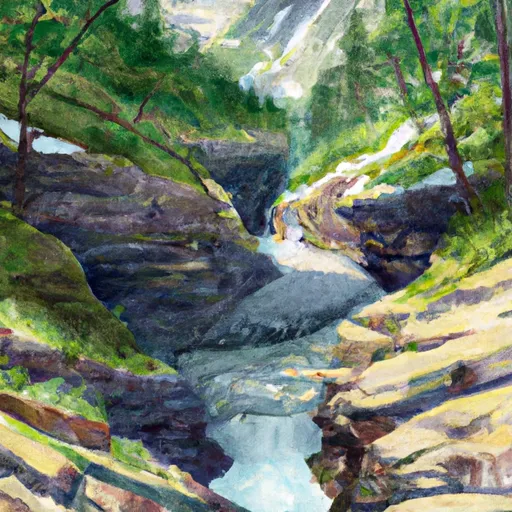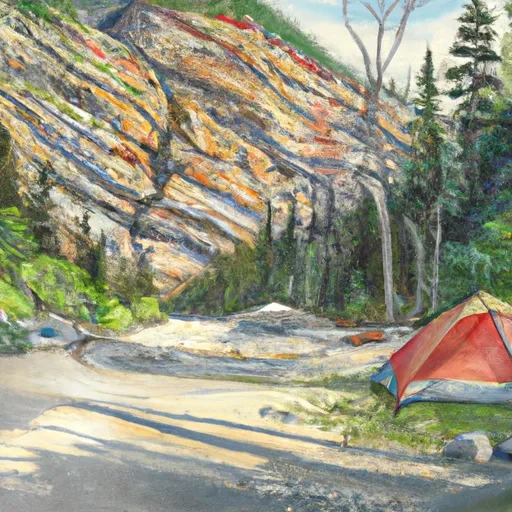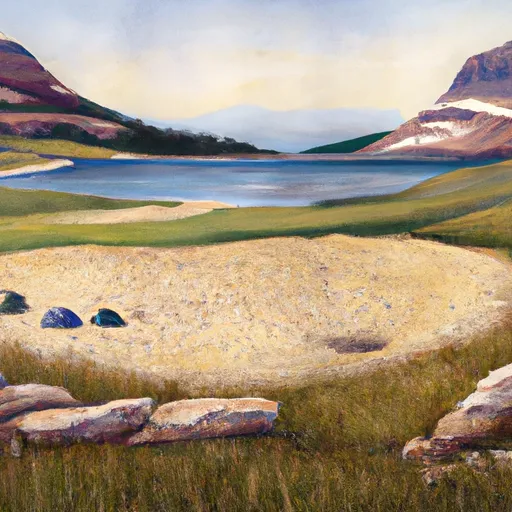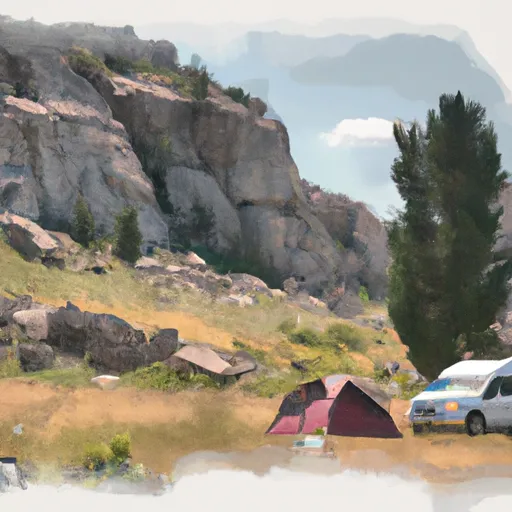2025-12-27T17:00:00-07:00
...WIDESPREAD WINTER WEATHER AND WIND IMPACTS... .A series of cold fronts will move through the Northern Rockies bringing wind and snow impacts beginning as early as late tonight into Friday morning. Snow squalls are possible in west-central and southwest Montana late Friday night into early Saturday morning. A push of Arctic air will move westward across the Continental Divide on Saturday bringing another uptick and change in direction of winds with much colder temperatures to follow. * WHAT...Snow expected. There is a likelihood of moderate to isolated major winter weather impacts. Total snow accumulations between 3 and 12 inches. Winds gusting as high as 50 mph. * WHERE...Polebridge, Glacier National Park, Essex, Highway 83 Bigfork to Swan Lake, Marias Pass, and Bad Rock Canyon. * WHEN...From 8 AM Friday to 5 PM MST Saturday. * IMPACTS...For MODERATE winter weather impacts, expect disruptions to normal activities. Hazardous traveling conditions. Use extra caution while driving. Closures and disruptions to infrastructure may occur. For MAJOR winter weather impacts, expect considerable disruptions to normal activities. Dangerous or impossible traveling conditions. Avoid travel in the impacted areas if possible. Widespread closures and disruptions to infrastructure may occur. The hazardous conditions could impact the Friday evening commute, especially over higher passes. Gusty winds could bring down tree branches. * ADDITIONAL DETAILS...An Arctic front will move westward across the Continental Divide on Saturday bringing an uptick in northeast winds in, and near, canyon gaps and downslope foothills. Much colder temperatures with, and behind, this Arctic front. Rapid freeze up of any wet or slushy roads is likely.
Summary
With an elevation of around 8,180 feet, it offers breathtaking panoramic views of the surrounding landscape. This mountain is known for its challenging yet rewarding hikes, attracting adventure enthusiasts and mountaineers alike.
During the winter season, Mount Oberlin experiences a significant snowpack range. The snow accumulation can vary greatly depending on the year and weather conditions. It is essential for climbers to be prepared with appropriate gear and have experience with winter mountaineering techniques.
The mountain contributes to the runoff of several creeks and rivers in the area. These water sources are vital for the local ecosystem and provide opportunities for fishing and other recreational activities. It is important to note that the specific creeks and rivers vary depending on the location and topography of the mountain.
The name of Mount Oberlin is believed to have been given in honor of John Frederick Oberlin, a famous Christian missionary in the 18th century. As for legends or lore associated with the mountain, there are no significant stories or myths readily available. However, further research may uncover more interesting historical facts or local tales associated with this majestic peak.
Please note that the provided information is based on multiple independent sources and should be verified for accuracy before planning any mountaineering activities in the area.
Weather Forecast
Regional Streamflow Levels
14,400
Cubic Feet Per Second
361
Cubic Feet Per Second
6,950
Cubic Feet Per Second
3,960
Cubic Feet Per Second
Area Campgrounds
| Location | Reservations | Toilets |
|---|---|---|
 Avalanche Creek - Glacier National Park
Avalanche Creek - Glacier National Park
|
||
 AVALANCHE CREEK
AVALANCHE CREEK
|
||
 Cracker Lake
Cracker Lake
|
||
 GRANITE PARK
GRANITE PARK
|
||
 Granite Park campsite
Granite Park campsite
|
||
 Reynolds Creek
Reynolds Creek
|
